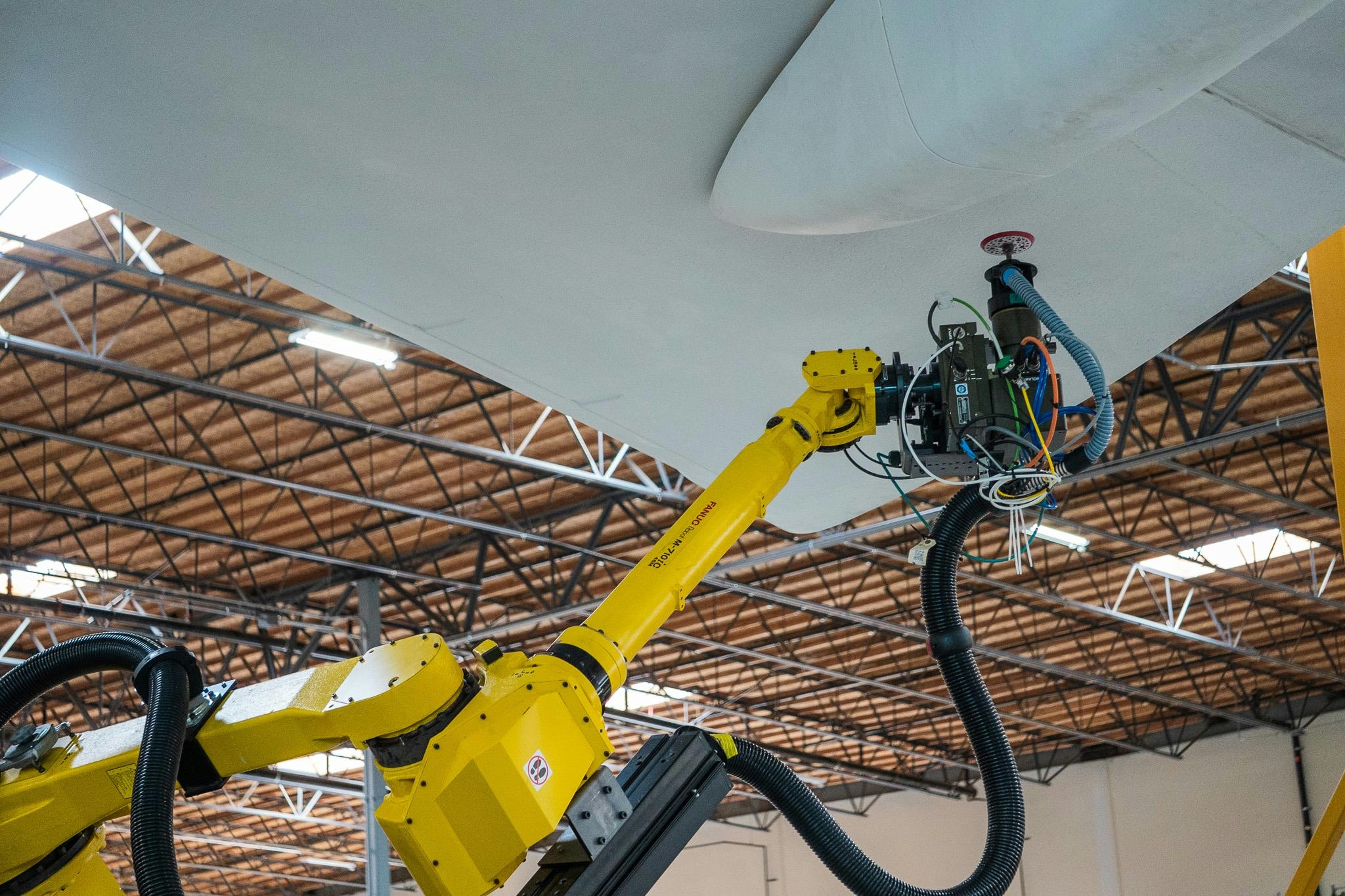
AeroGenie – Ihr intelligenter Copilot.
Trends
Categories
Three Decades of Progress in Southeast Asia
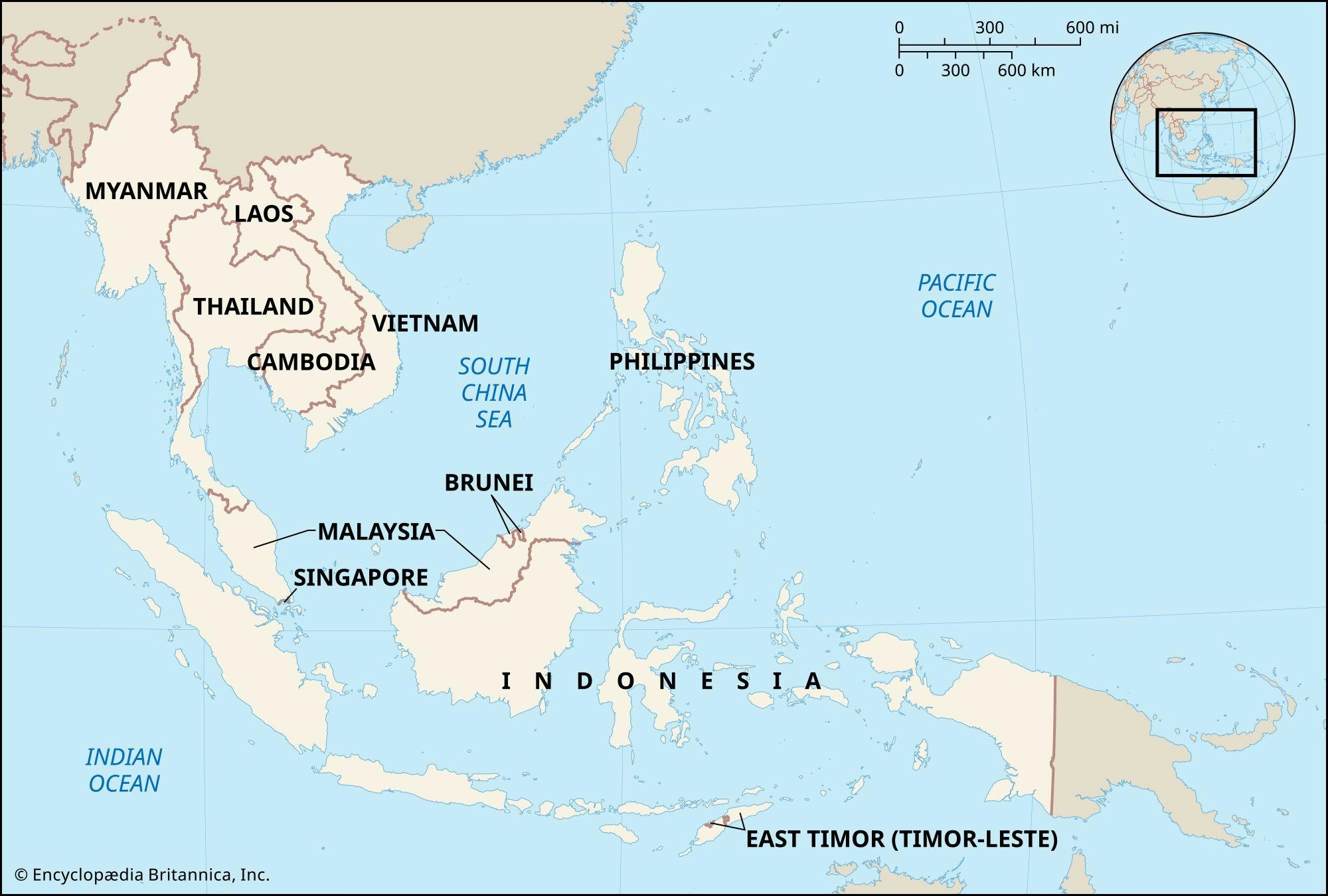
Three Decades of Progress in Southeast Asia
This year marks the 30th anniversary of the Trent engine family, a landmark in aerospace innovation and the most successful engine series in aviation history. Over the past three decades, Trent engines have accumulated more than 200 million flying hours and transported 3.5 billion passengers worldwide, supporting a diverse range of operations from leisure travel to humanitarian and defense missions. The evolution of the Trent family highlights Rolls-Royce’s unwavering commitment to engineering excellence and its pivotal role in redefining global connectivity.
Transformative Impact in Southeast Asia
The influence of Trent engines in Southeast Asia has been particularly profound. A defining moment occurred in 1995 when Singapore Airlines placed a record order for Trent 800 engines to power its Boeing 777 fleet. Building on the success of the Trent 700, the Trent 800 established new standards for reliability and performance. Today, nearly 80% of Singapore Airlines’ widebody fleet is powered by Rolls-Royce engines, with the airline among the largest operators of the Trent XWB, which powers the Airbus A350. The Trent XWB is recognized as the world’s most efficient large aero engine, delivering a 25% reduction in fuel burn, underscoring the critical role of advanced technology in promoting both sustainability and profitability.
This technological advancement coincides with a significant surge in regional air travel. Boeing projects that passenger air traffic in Southeast Asia will grow at an annual rate of 7.2% through 2043, surpassing the global average of 4.7%. The region’s airlines are expected to increase their share of the Asia-Pacific fleet from 17% to 25% during the same period. Concurrently, the aviation industry is accelerating its adoption of sustainable practices, including the use of Sustainable Aviation Fuel (SAF), reflecting broader global trends toward environmental responsibility.
Challenges Amidst Growth and Innovation
Despite these promising developments, Southeast Asia’s aviation and industrial sectors face considerable challenges as they strive for further growth. Infrastructure limitations and the pace of technology adoption remain critical issues, as highlighted at the recent Wire and Tube SEA Seminar. Small businesses are under mounting pressure to stay competitive amid rapid advancements in artificial intelligence, according to reports by CNBC. In the agricultural sector, the insurance market shows potential but is constrained by emerging technological challenges and evolving regulatory frameworks. Malaysia’s aspirations to become a regional data center hub are threatened by rising electricity tariffs, which could erode its competitive advantage. Furthermore, recent studies have exposed deficiencies in AI models’ ability to provide accurate agricultural advice, emphasizing the need for enhanced multimodal reasoning capabilities in digital consultations.
As Southeast Asia navigates these complexities, the legacy of the Trent engine family stands as both a testament to the region’s progress and a reminder of the ongoing necessity for innovation and resilience. The sustained success of advanced aerospace technologies will depend not only on engineering breakthroughs but also on effectively addressing the broader economic and technological challenges confronting the region.
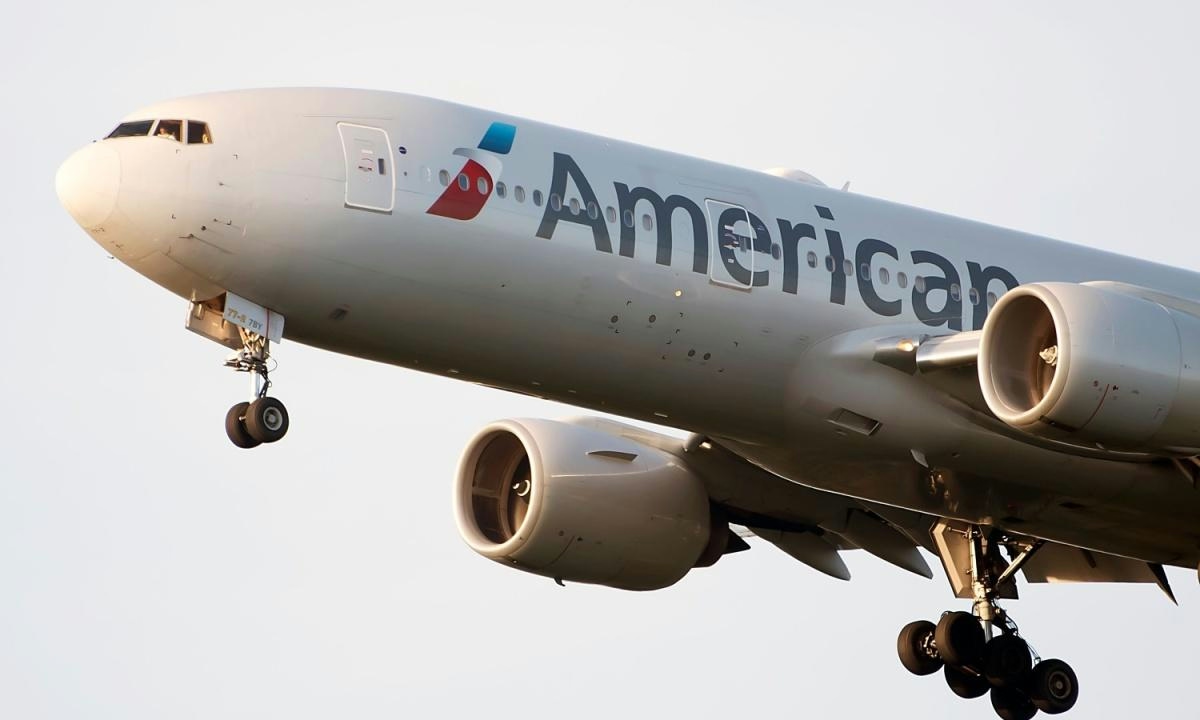
American Airlines’ Plans for Artificial Intelligence

FAA Issues Airworthiness Directive for GE90 Engines After Powder Metal Contamination Found

Boom Supersonic Uses Jet Engines to Power Off-Grid AI Data Center

Flying taxis could take off this year in Florida
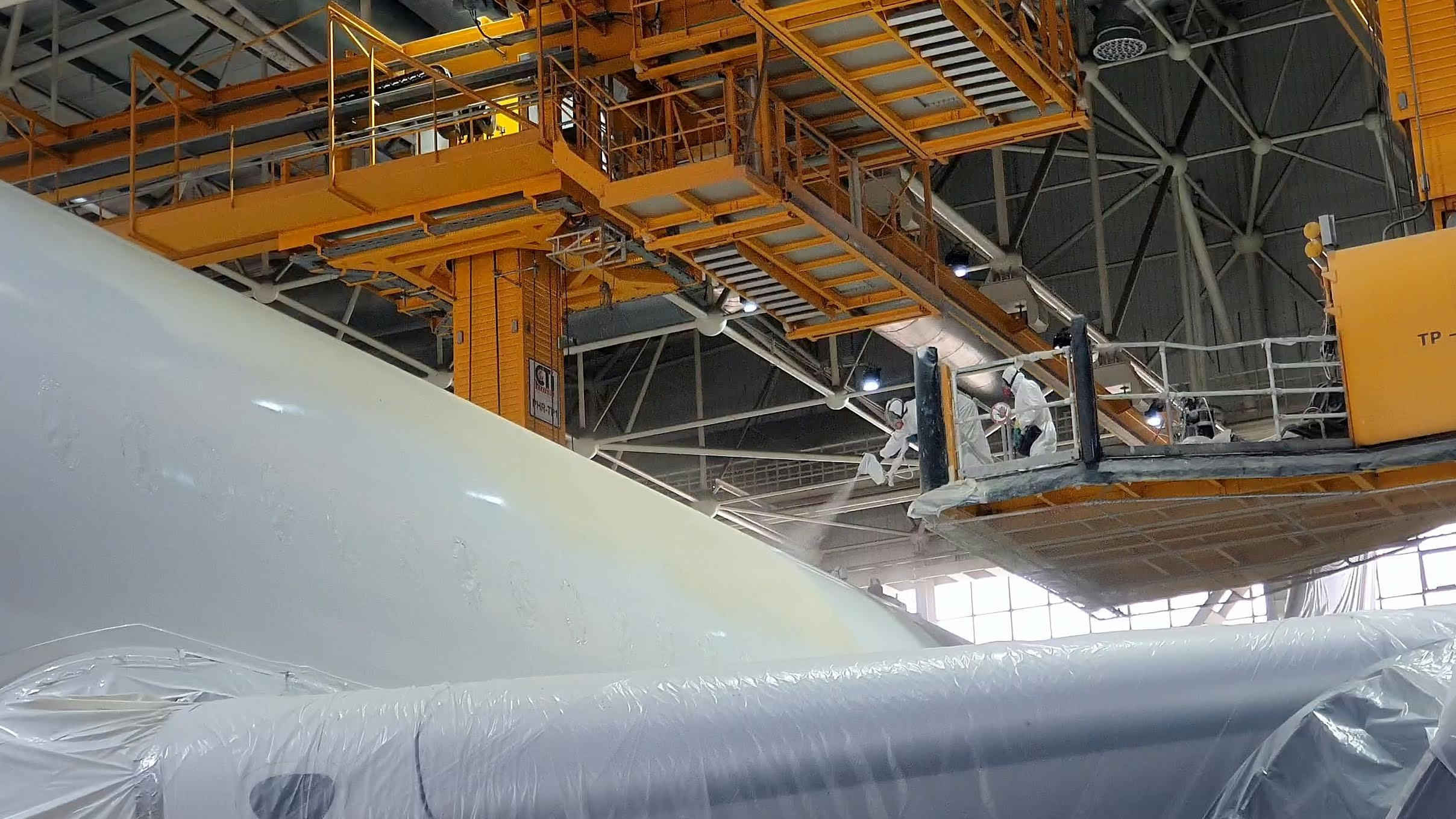
ASKY and TAAG Angola Airlines Establish In-House MRO Facilities to Support Fleet Expansion

Airbus to Release Audited 2025 Orders and Delivery Data on January 12
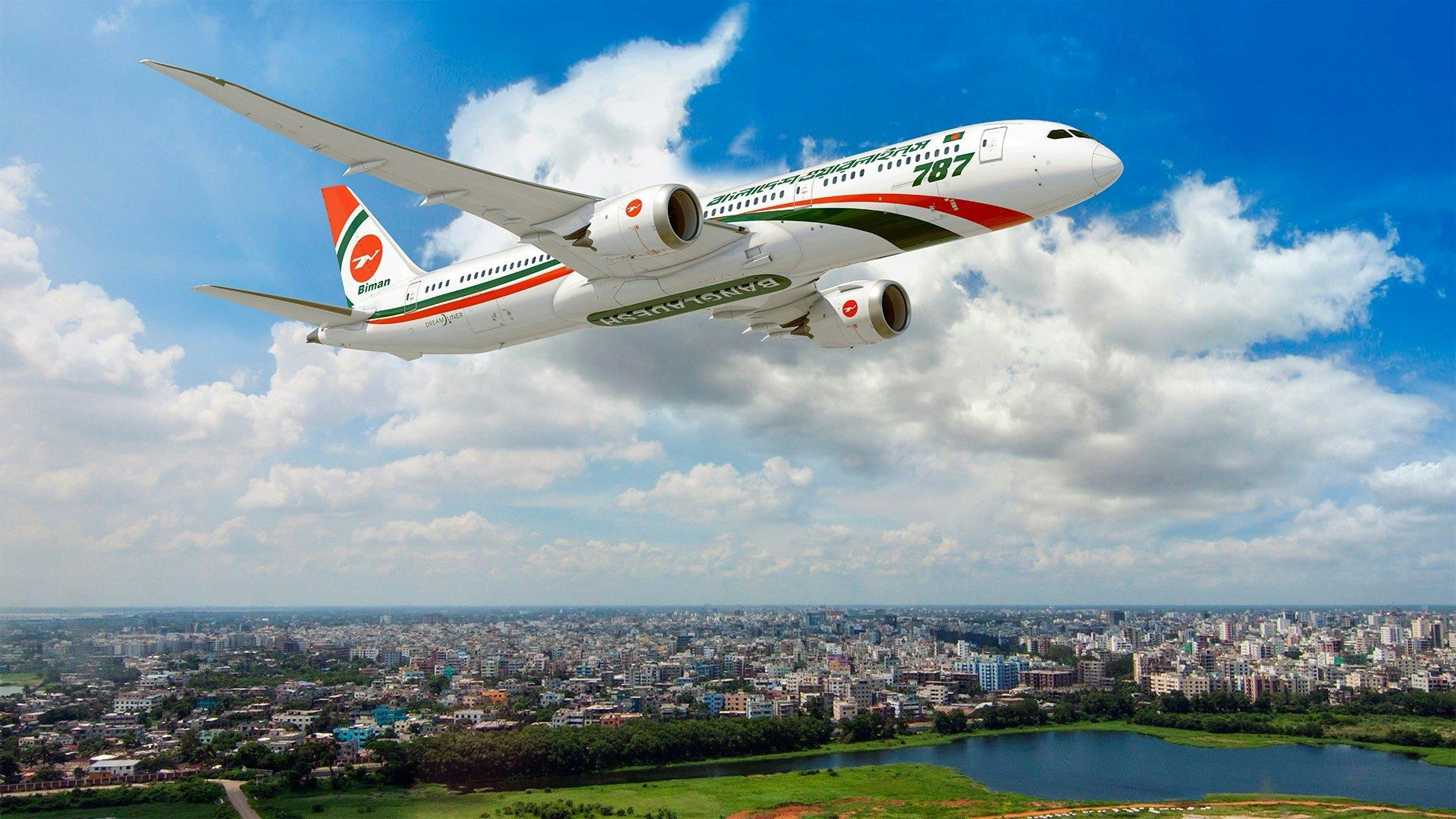
Biman Bangladesh Selects Boeing for New Aircraft Order

Amazon Cancels Italian Drone Delivery Plans Days Before Launch, Setback for U-space

Lufthansa Celebrates 100 Years of Aviation Innovation
